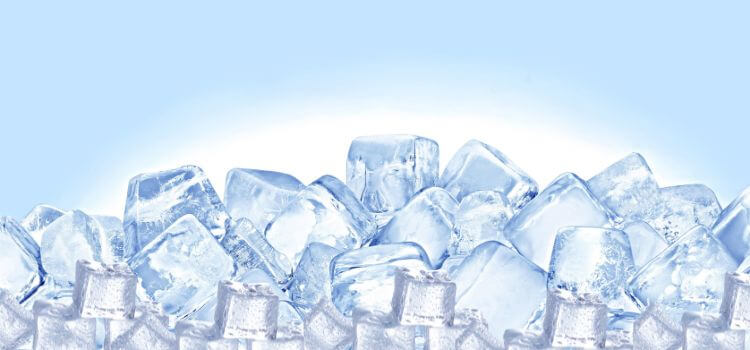As an Amazon Associate, I earn from qualifying purchases

In the realm of culinary exploration, the food processor emerges as an indispensable tool, adept at transmuting ingredients with a mere whirl of its blades. But when it comes to the icy domain of frozen water, can the food processor handle the challenge?
Join us as we delve into the frosty debate surrounding the question: Can you put ice in a food processor?
What Does the Manual Say?
Before diving into the pros and cons, consult the trusty manual. Most food processor manuals explicitly state whether or not you should put ice in the machine, so be sure to check yours before making any decisions. Some models are specifically designed for crushing ice and will have no issue handling it, while others may warn against it altogether.
Some manuals may warn against putting ice in the food processor due to the risk of damaging the blades. Others may recommend using smaller, crushed ice instead of large cubes for easier processing.
The Impact on Blades
One of the primary concerns surrounding the use of ice in a food processor is its impact on the blades. Ice is a hard, dense substance that can be challenging for blades to process, especially if not specifically designed.
Repeatedly processing ice in a food processor can cause the blades to become dull or break over time. This can affect the machine’s overall performance, making it less effective at processing other ingredients.
Blade Material and Durability
The blades’ material also plays a significant role in their durability when processing ice. Blades made from stainless steel are generally more durable and damage-resistant than plastic or other materials.
If you choose to crush ice in your food processor, check the manual for any restrictions on blade material and ensure they are sharp and in good condition before use.
Potential Risks
In addition to potential damage to the blades, there are other risks to consider when putting ice in a food processor.
One of these risks is related to food safety. If you use the food processor for other ingredients before or after processing ice, any lingering ice particles can contaminate the other ingredients with bacteria or germs.
Furthermore, if the food processor is not thoroughly cleaned after processing ice, these bacteria and germs can transfer to other foods in the future.
Alternative Methods for Crushing Ice
If you are hesitant to put ice in your food processor, there are alternative methods for crushing it. One option is using a blender, as many blenders are designed specifically for crushing ice and have more powerful motors than food processors.
Another option is using a manual or electric ice crusher. These devices are solely designed for crushing ice and may offer better performance and durability than a food processor.
Using A Blender, Mallet, or Ice Crusher
To optimize blending, incrementally add ice and utilize the pulse function instead of operating it non-stop. This will help prevent overheating the motor and ensure even crushing.
For manual methods like using a mallet or ice crusher, be sure to follow the instructions carefully and use proper safety precautions to avoid injury.
Conclusion
In conclusion, while some food processors may be capable of handling ice, it is generally not recommended due to the potential risks and impact on the blades. It is important to consult your manual and consider alternative methods for crushing ice if needed.
Ultimately, using a food processor for its intended purpose of processing other ingredients will likely yield better results and prolong the machine’s lifespan. So, next time you’re craving a frosty treat or need crushed ice for a cocktail, think twice before reaching for your food processor. Happy blending!
As an Amazon Associate, I earn from qualifying purchases
Pingback: Immersion Blender vs Frother